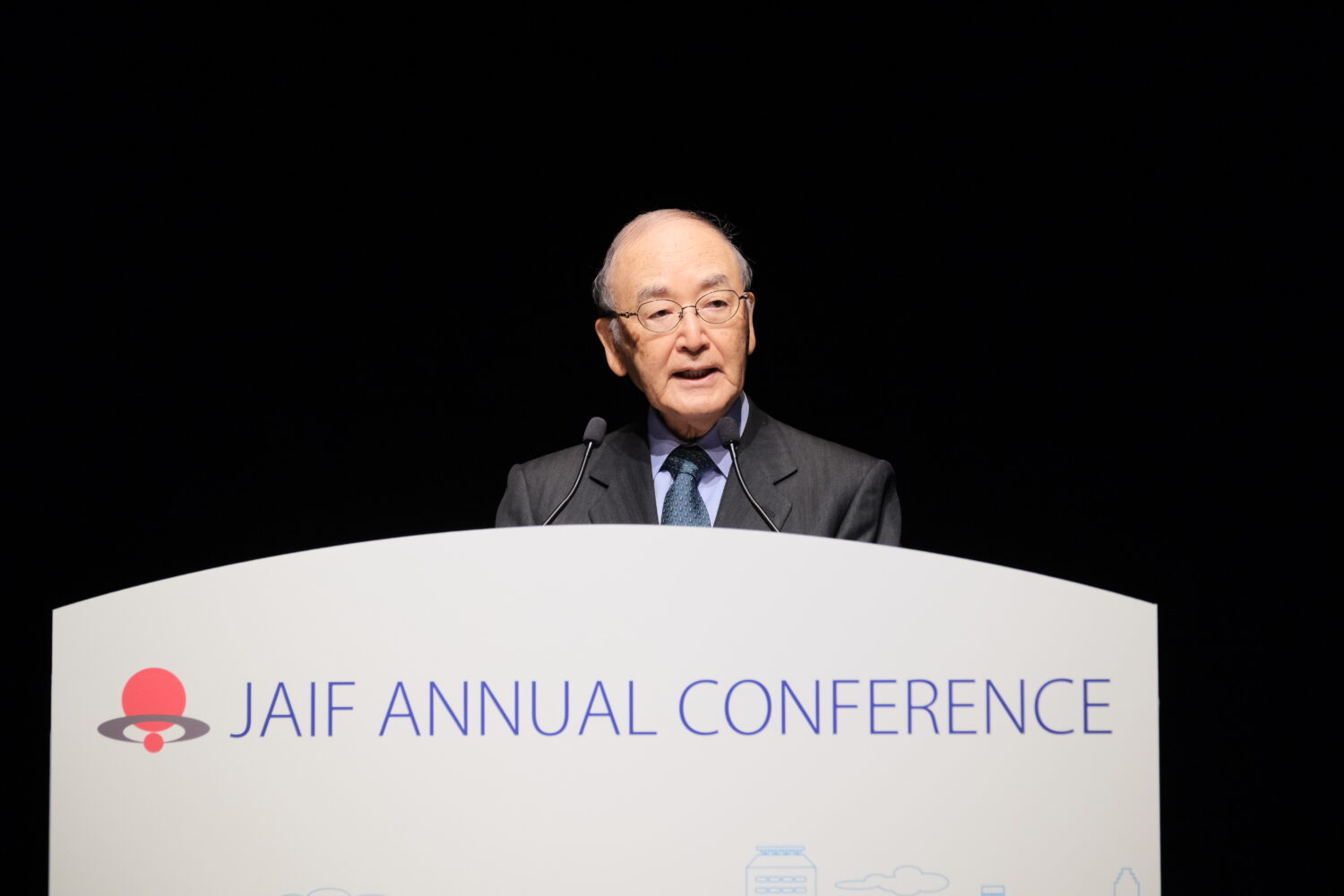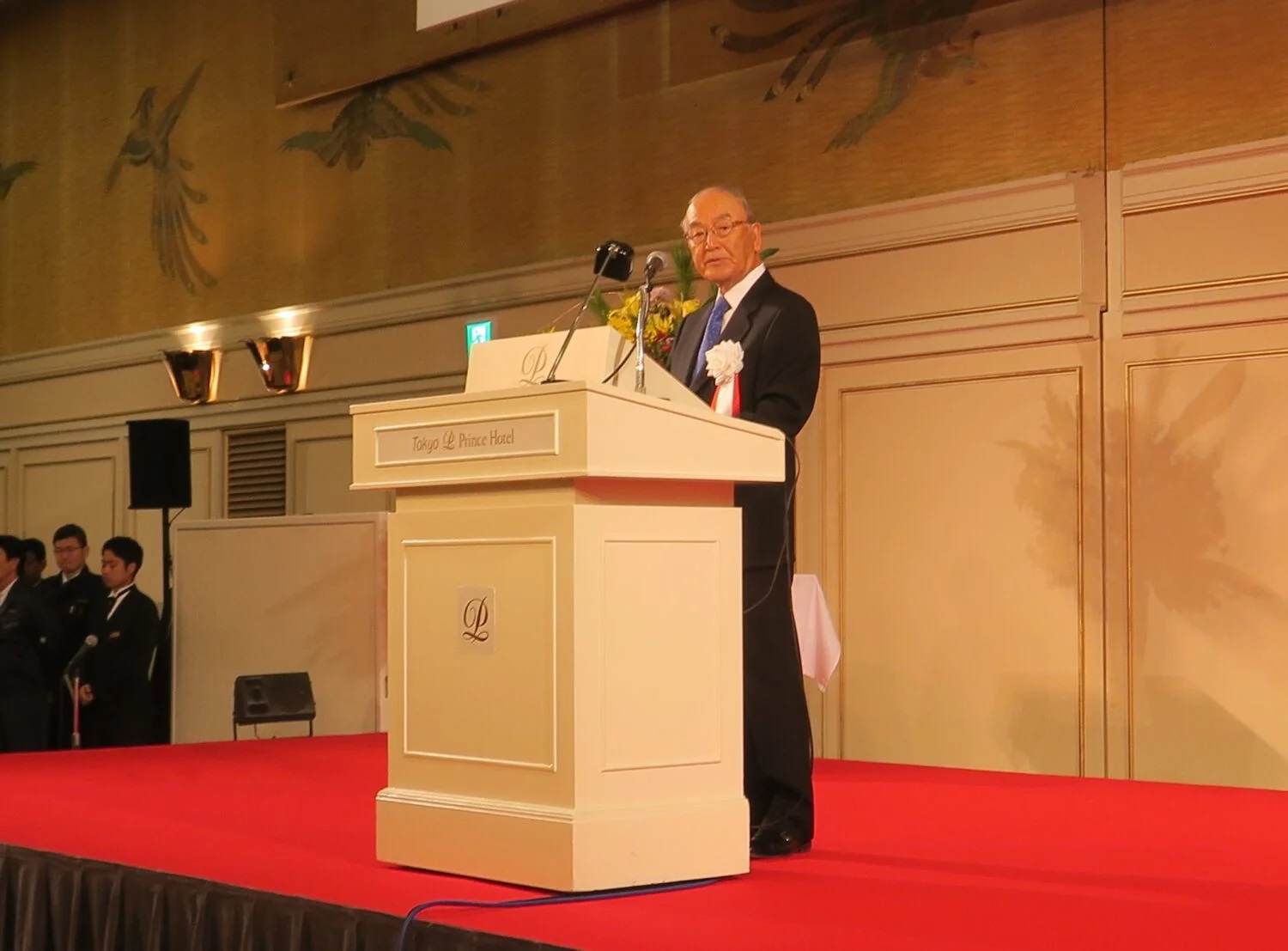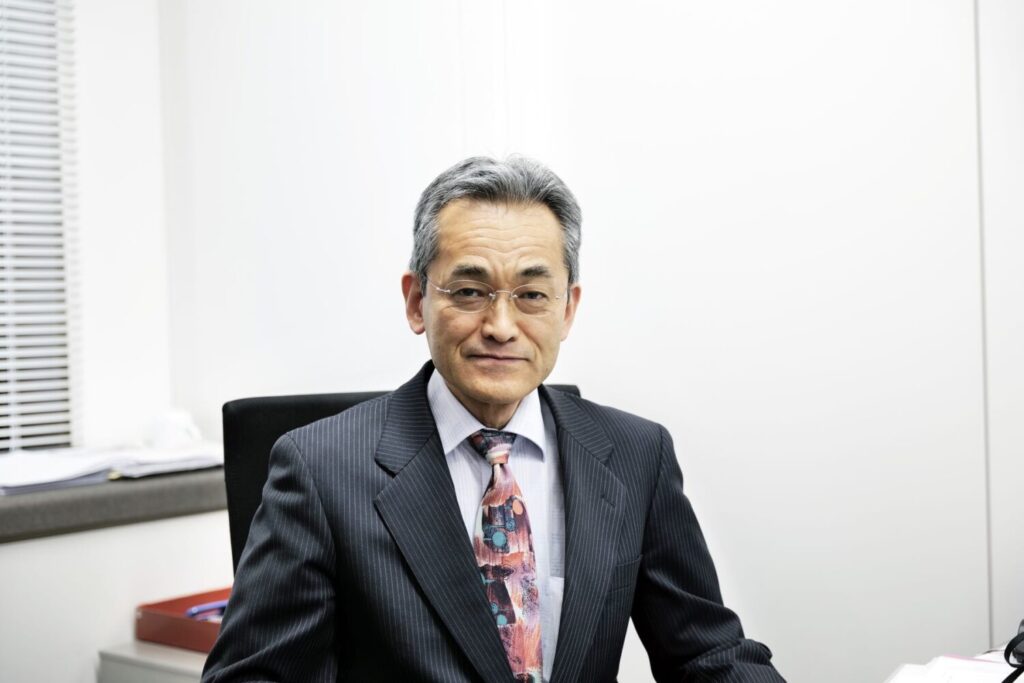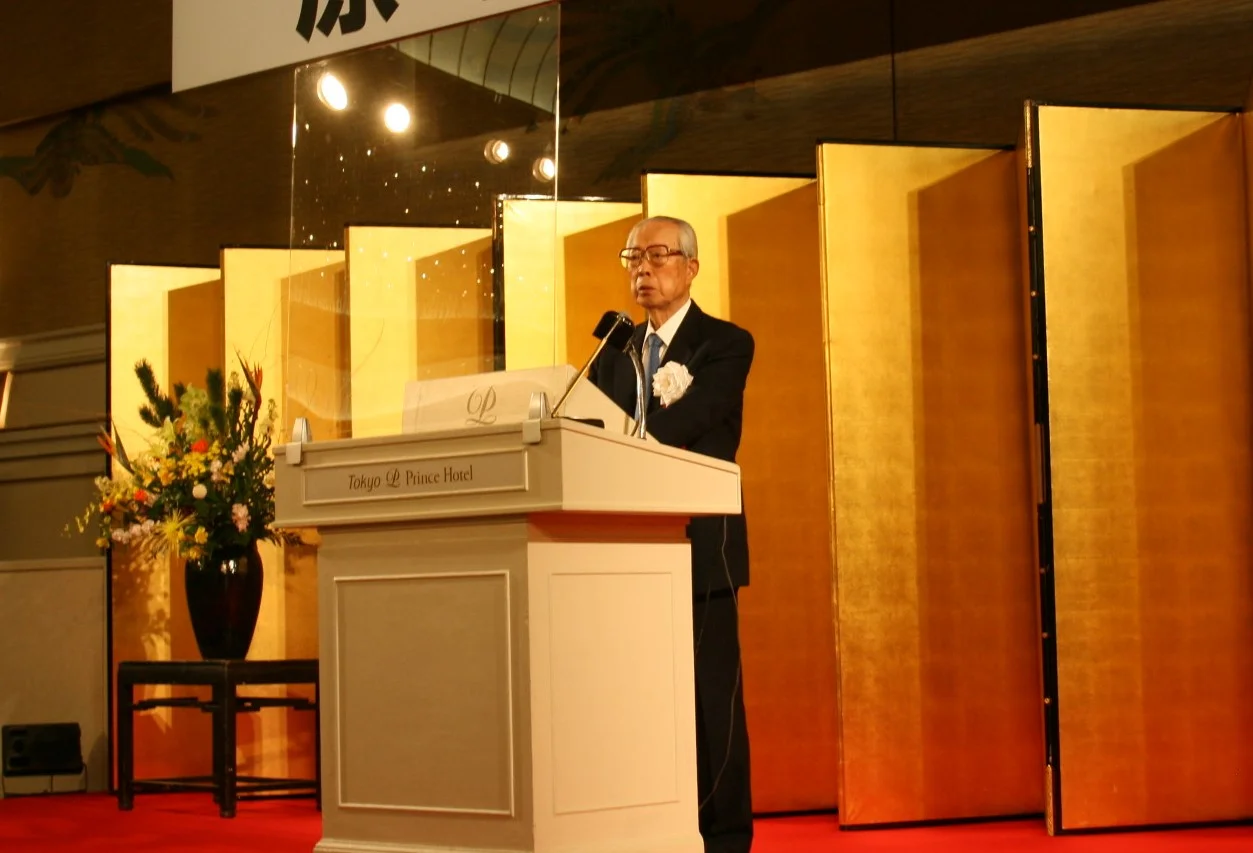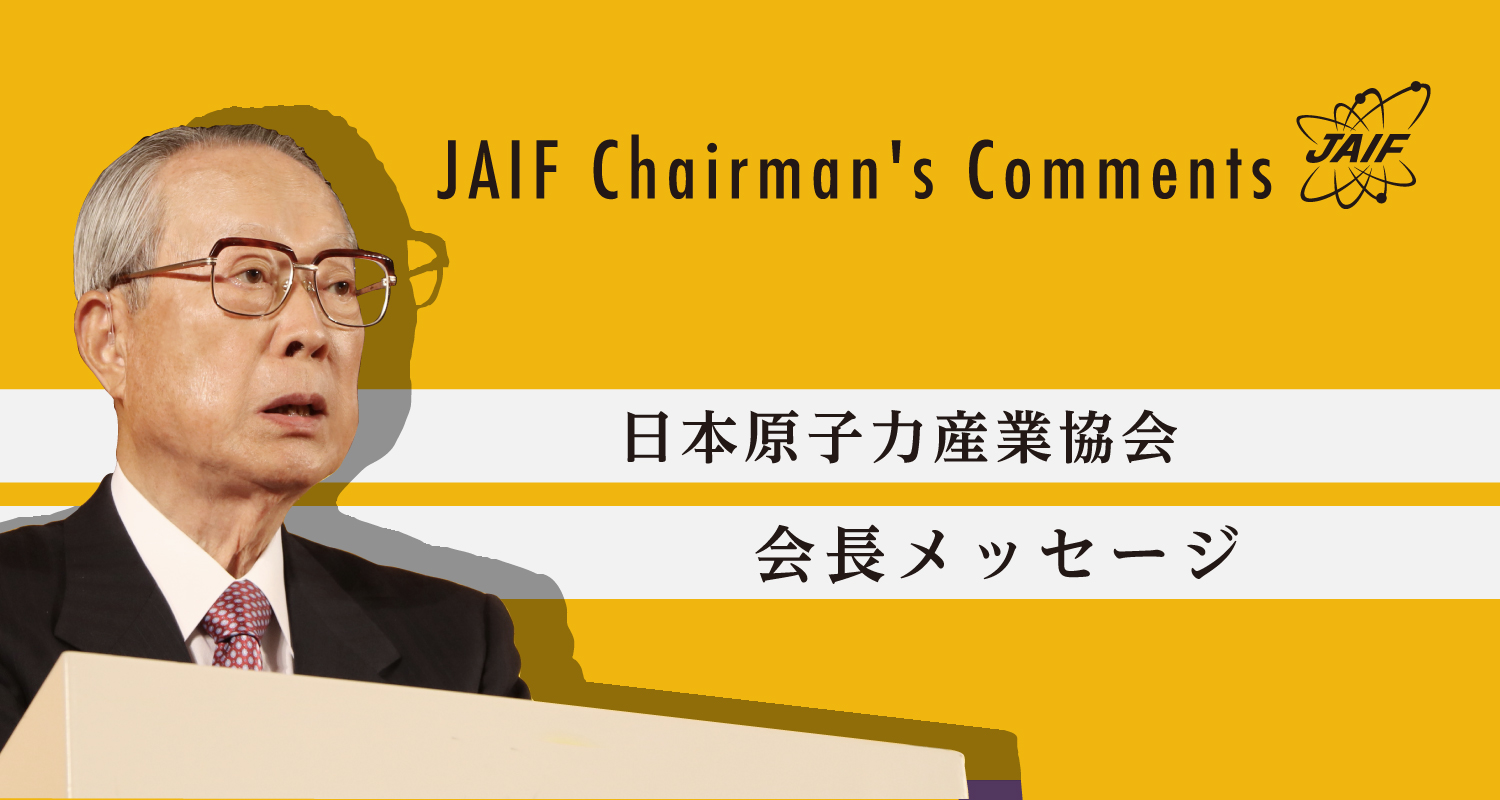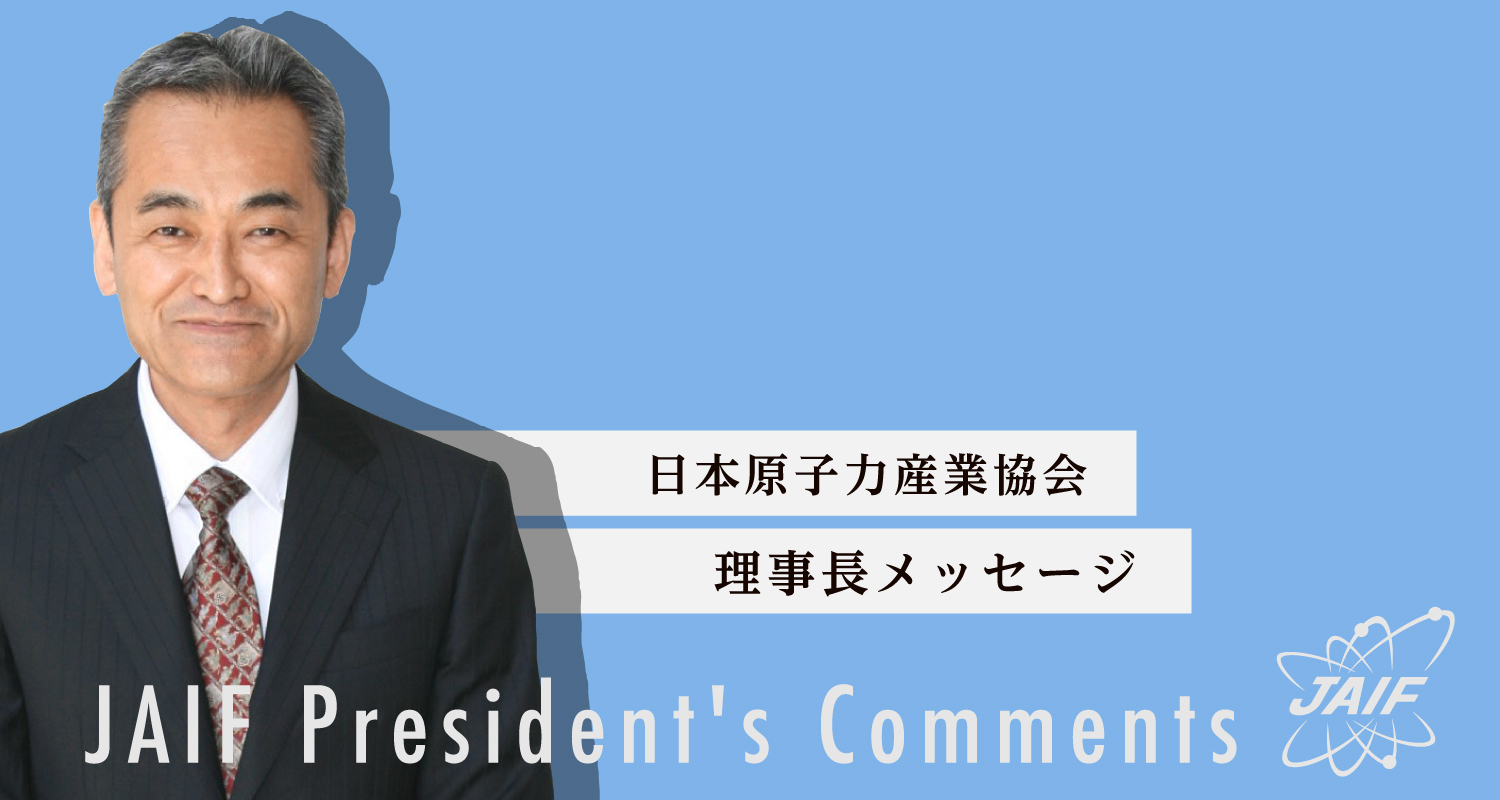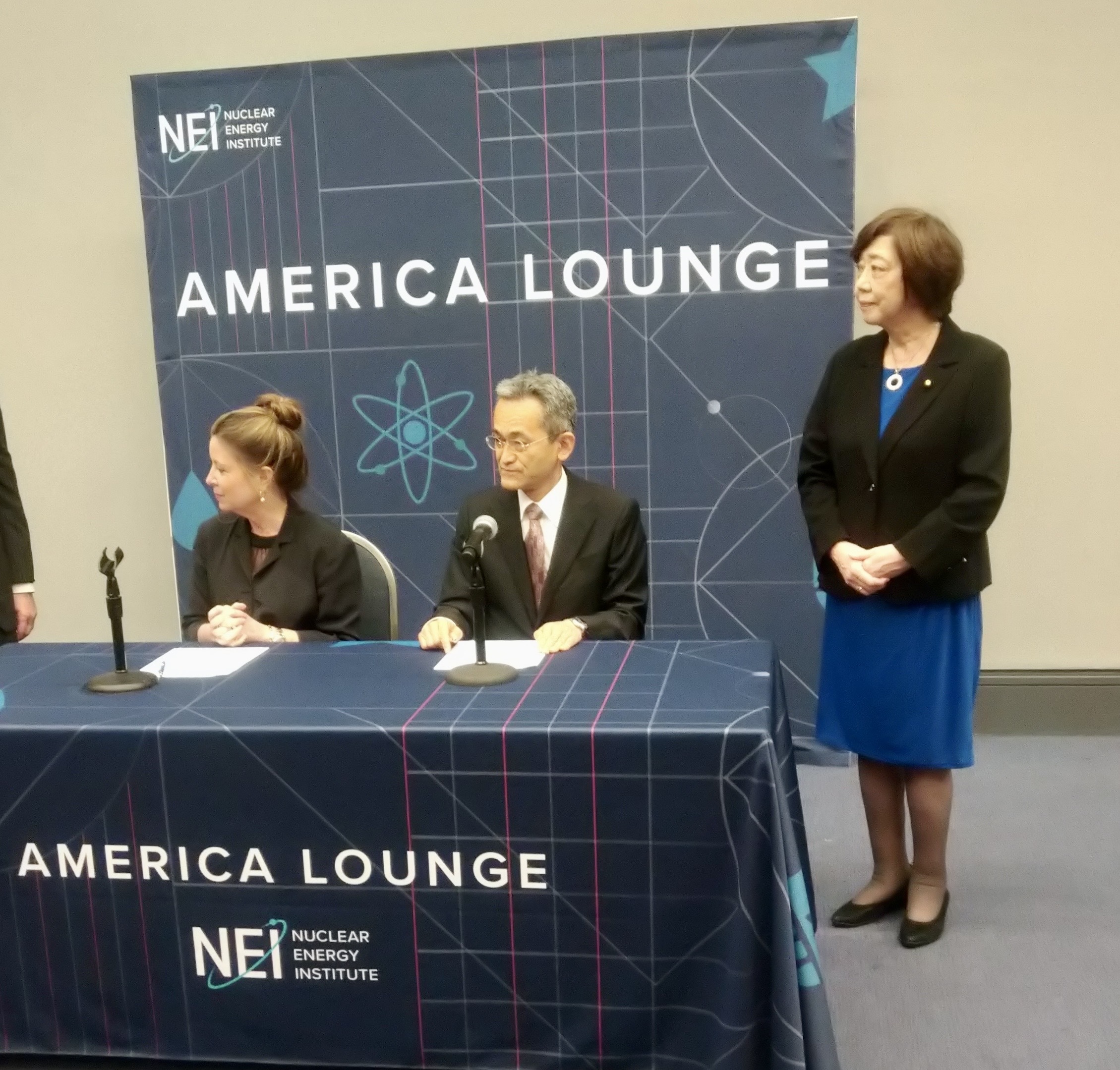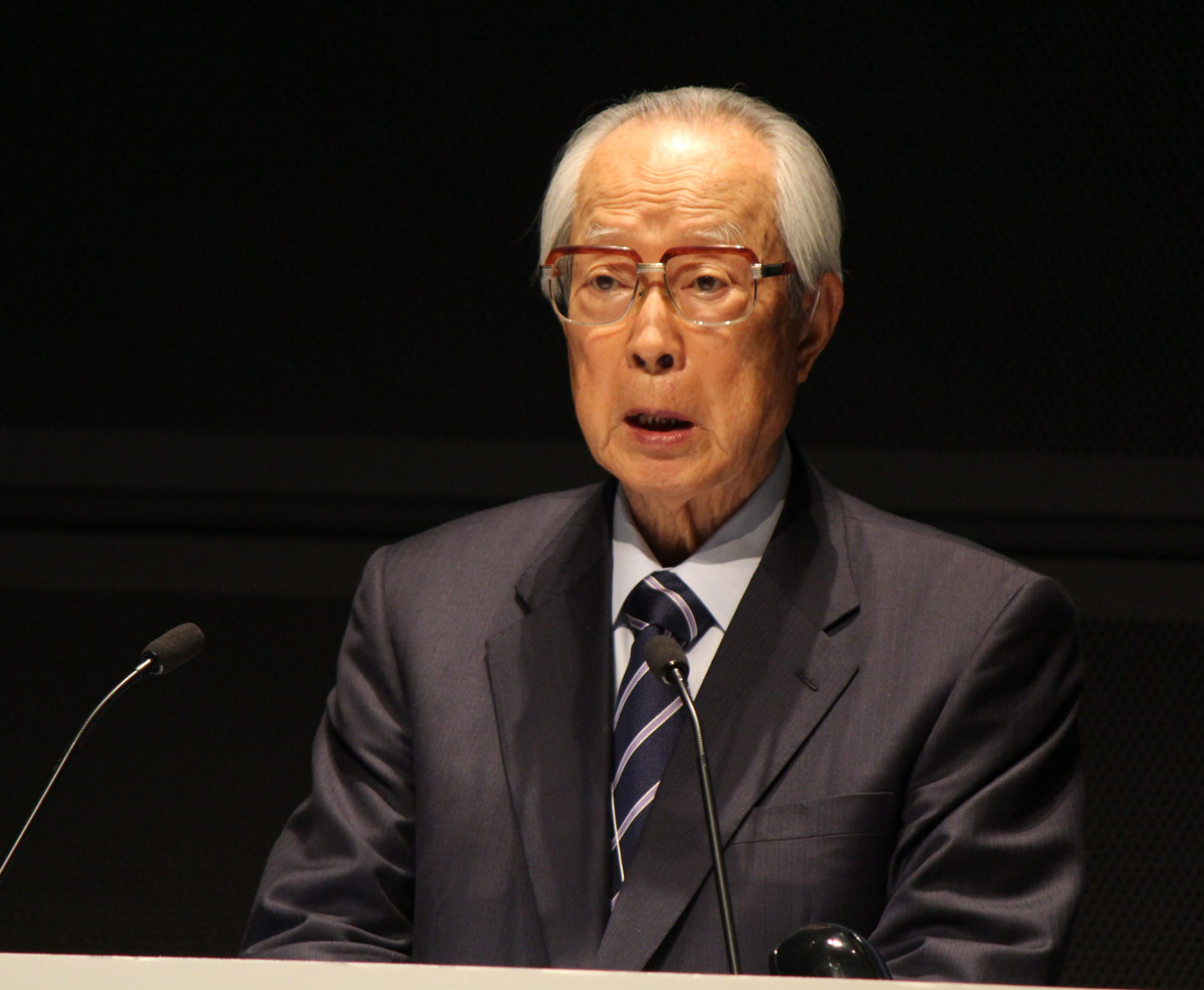Sae Ochi, M.D., M.P.H., Ph.D.
Lecturer, Department of Laboratory Medicine, The Jikei University School of Medicine
Attending Physician, Soma Central Hospital
The first FAP took place in May 2012, a little more than a year after the earthquake, tsunamis and accident happened in March 2011, and a time when even many Japanese were reluctant to enter the region.
“During the first program,” said William McMichael, “a pair of gloves painted red was sent from the U.S. to the university president with the message, ‘Are you trying to kill our students? Their blood will be on your hands.’”
Despite that, McMichael—a Japanese-Canadian who serves as FAP’s sponsor—has never ceased working to act as a “bridge” between other countries and Fukushima, traveling abroad and steadily carrying out publicity campaigns. “My dream is to be the Inazo Nitobe of Canada,” he said (note: Nitobe, who lived from 1862 to 1933, introduced Bushido and many other aspects of Japanese culture to the outside world, writing in English). “When it comes to loving Fukushima, I am second to no one.” As of this month, a total of twelve FAP tours have been conducted, with more than 150 students participating from overseas.
In the twelfth FAP tour, which took place this month, a new dimension was added. After two weeks in Fukushima, the students came to Tokyo to take part in an event intended to challenge unfounded fears and rumors. Their presentations and honest comments were quite impressive.
“What I originally heard about Fukushima came only from the news, and people around me saying it was a scary place. My home is far from there. Now I’m shocked that many people in Tokyo—people so much closer to Fukushima than I am—know even less.”
Fukushima is only 200km (124mi) from Tokyo. The two are closer than the distance between Chernobyl and the southernmost end of Belarus. For the outside world, it might look strange people in Tokyo acting as if Fukushima had nothing to do with them.
Today, there are many “lines” drawn through and around Fukushima. Some are geographical, representing the borders of the prefectures and also the lines demarcating the Tohoku region, as well as the lines marking the Hama-dori and Naka-dori regions within the prefecture. Other lines are descriptive or operational, such as those marking the reach of the tsunami, and those separating compulsory and voluntary evacuation areas. Some lines show where there were families with small children, and another separates those entitled to compensation from those who are not.
Yet another line—more of a stone wall—divides people in their minds, with distinct levels of appreciation of the degree of disaster.
Obviously, that is not made with prejudice or malicious intent. Rather, the Japanese sense of discretion or consideration causes those who have not shared an unfortunate experience not to want to talk about it. It thus seems to have created another borderline.
One person taking part in the event in Tokyo said, “I have not been to Fukushima or been personally involved in any way. I am not qualified to talk about it.” Another person said, “I want to do something, but I don’t want to be insensitive.”
In fact, it may offend people in Fukushima that outsiders, including myself, speak of “bright Fukushima” so casually. The brightness of Fukushima now is not that of overwriting what happened in the past.
A mother in Fukushima muttered, “Whenever there is an event, people say that we sufferers should not laugh, but should rather behave like sufferers.” A high school teacher shouted, “People are still suffering at evacuation sites. Stop all this carefree talk about restoration!” Another person commented, with a bitter smile, “There is a limit to what public offices can do, but those of us in Fukushima will still have to live out our lives here.”
We should keep in mind that the current brightness of Fukushima is that of a strong, deep community created by determined people moving toward the future, while living in a severe reality.
Seen from overseas, it might appear strange that despite our all being Japanese, having similar faces and speaking the same language, as well as living in the same land, there are such rifts among us.
It might be said that we all live within the “boundary” of Fukushima. We may yet learn to feel and talk as people inside Fukushima, maintaining propriety and etiquette toward individuals, but without restraint. That will be the key to eliminate unfounded fears and rumors.


